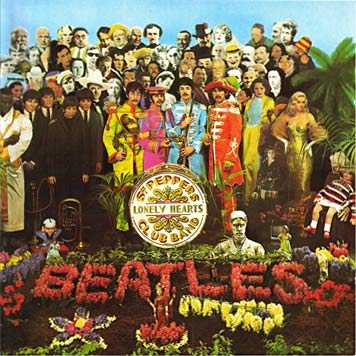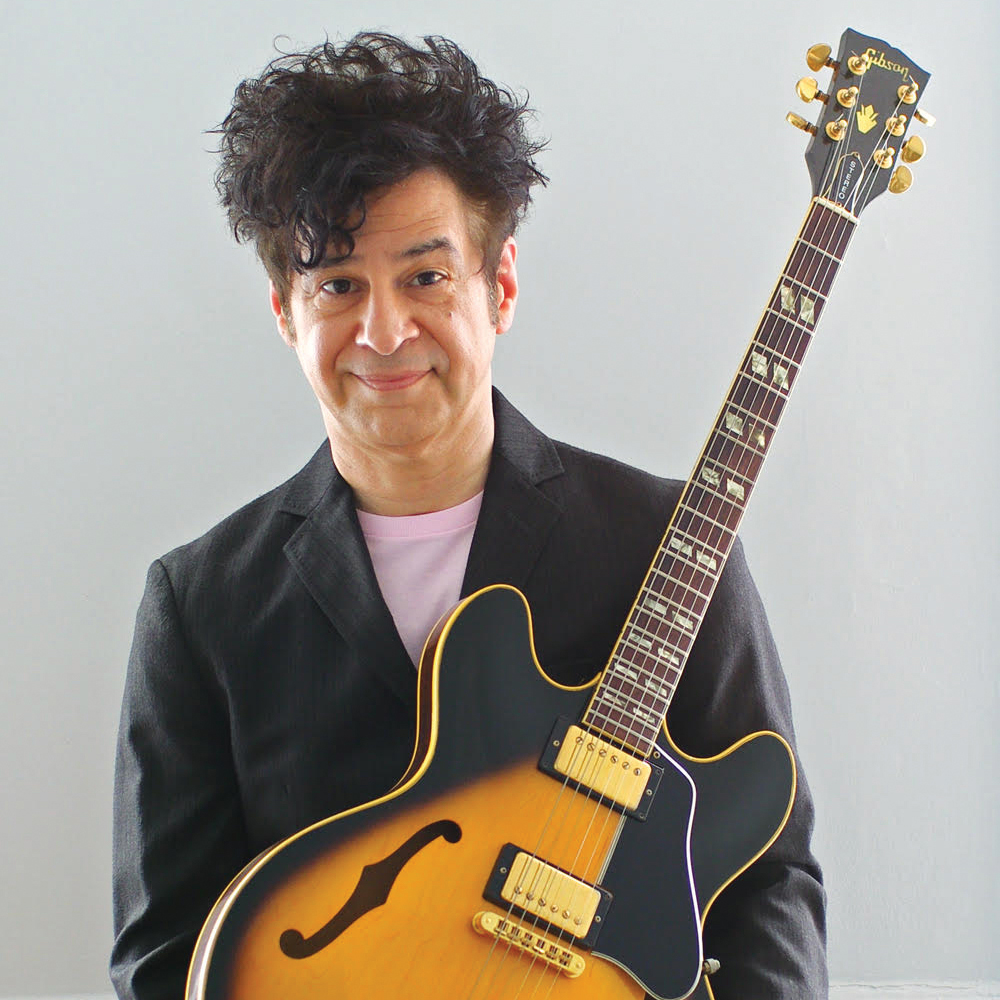Song Facts: The Beatles — "Good Morning Good Morning"

One of the hardest-rocking songs on Sgt. Pepper's Lonely Hearts Club Band, "Good Morning Good Morning" is also one of the album's most complex productions.
As the song developed from the Beatles' basic rhythm track, the recording was fleshed out with horns, layers of backing vocals and a litany of animal noises, requiring that the four-track tape be bounced down twice in order to open more available tracks.
Inspired by the musical refrain from a Kellogg's Cornflakes commercial, John Lennon set about crafting a song about life's colorless routine, referencing death, work, suburban boredom, girl watching and a then-popular British TV sitcom called Meet the Wife.
Thematically, "Good Morning Good Morning" sits shoulder to shoulder with "A Day in the Life," but beneath Lennon's bleak exposition the song's meter lurches along impatiently, shifting from 4/4 to 3/4 to 5/4 in the verses and employing triplets in a compound meter during the middle eights.
The highlight of it all is the guitar solo, a particularly raucous performance by Paul McCartney on his Fender Esquire. Featuring Indian tonalities that suggest, perhaps, George Harrison's influence, McCartney's solo is one of the most incendiary displays of guitar work in the Beatles' catalog, outdone only, perhaps, by his solo on Revolver's "Taxman."
The rooster crow that opens the song was most likely inspired by the Kellogg's Cornflakes mascot (a rooster named Cornelius), and it was Lennon's idea to add a menagerie of animal sounds to the song's coda. Martin arranged their order of appearance so that each successive animal is capable of eating or frightening the one heard before it. The sounds were sourced from Abbey Road's sound library and recorded onto a separate track, ending with the clucking of a chicken.
Unintentionally, this final sound effect provided the perfect segue into the next song, "Sgt. Pepper's Lonely Hearts Club Band (Reprise)." George Martin recalls, "I noticed that a guitar lick before the reprise of 'Sgt. Pepper' sounded like a chicken squawk that was part of the melange of animal noises coming out of the previous song, 'Good Morning Good Morning.' So I thought that cutting the two things together would be a good idea. But it was pure luck. It wasn't grand design. It was design after luck had intervened."
All the latest guitar news, interviews, lessons, reviews, deals and more, direct to your inbox!
RECORDED: February 8 and 16, and March 13, 28 and 29, 1967, Abbey Road Studio Two and Three
Christopher Scapelliti is editor-in-chief of Guitar Player magazine, the world’s longest-running guitar magazine, founded in 1967. In his extensive career, he has authored in-depth interviews with such guitarists as Pete Townshend, Slash, Billy Corgan, Jack White, Elvis Costello and Todd Rundgren, and audio professionals including Beatles engineers Geoff Emerick and Ken Scott. He is the co-author of Guitar Aficionado: The Collections: The Most Famous, Rare, and Valuable Guitars in the World, a founding editor of Guitar Aficionado magazine, and a former editor with Guitar World, Guitar for the Practicing Musician and Maximum Guitar. Apart from guitars, he maintains a collection of more than 30 vintage analog synthesizers.

